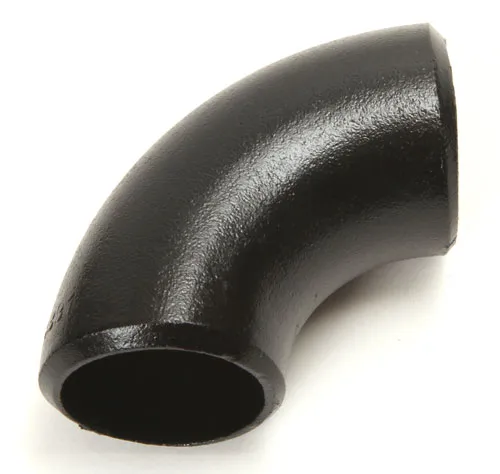-
Cangzhou Yulong Steel Co., Ltd.
-
Phone:
+86 13303177267 -
Email:
admin@ylsteelfittings.com

Dec . 05, 2024 10:38 Back to list
Understanding DIN Flange Sizes and Their Applications in Engineering
Understanding DIN Flange Sizes A Comprehensive Guide
Flanges play a crucial role in piping systems, serving as the connection points for various components. Among the different standards for flanges worldwide, the Deutsches Institut für Normung (DIN) holds a significant place in engineering and manufacturing, particularly in Europe. DIN flanges, designed according to rigorous standards, provide reliability and efficiency in various industrial applications. This article explores the intricacies of DIN flange sizes, their significance, and the factors to consider when selecting the appropriate size for your project.
What is a DIN Flange?
DIN flanges are defined by specific standards established by the German Institute for Standardization. They are widely utilized in piping systems to connect pipes, valves, fittings, and other components. The standards ensure that the flanges produced meet stringent quality and safety requirements, making them a preferred choice in sectors such as oil and gas, chemical processing, and water treatment.
DIN Flange Size Standards
Flanges come in various sizes to accommodate different pipe diameters and pressure ratings. The sizing system used for DIN flanges is generally straightforward, defined by the nominal pipe size (NPS) and pressure class (e.g., PN10, PN16, PN25). The PN indicates the nominal pressure rating of the flange in bar, which helps determine the appropriate flange thickness and material to withstand different operating conditions.
Common DIN flange sizes range from small dimensions, such as DN 10 (10 mm nominal diameter), to larger sizes like DN 1500 (1500 mm nominal diameter). The sizes are denoted using the DN designation (Durchmesser Nennmaß - nominal diameter in German), ensuring a standardized approach across various industries.
Factors to Consider When Choosing DIN Flange Sizes
din flange size

1. Pipe Diameter The primary factor in selecting the appropriate DIN flange size is the diameter of the connected pipe. It is essential to match the flange size with the nominal diameter of the pipe to ensure a tight, leak-proof connection.
2. Pressure Rating Different applications require varying pressure capabilities. Understanding the operational pressure of the system involves selecting the correct PN rating for the flange. Higher pressure ratings often necessitate thicker flanges, which influences the overall design of the piping system.
3. Material Compatibility Flanges are available in various materials, including stainless steel, carbon steel, and ductile iron. The choice of material should be compatible with the fluid being transported, as well as the operating temperature and environmental conditions. For instance, corrosive substances might require stainless steel flanges to prevent degradation.
4. Installation Requirements After selecting the proper flange size, considering the installation process is crucial. The available space, alignment with other components, and the type of gaskets and bolts used can impact the effectiveness of the flange connection.
5. Industry Standards Finally, adhering to industry standards and regulations is paramount when choosing DIN flanges. Familiarizing yourself with local codes and standards can guide you in selecting the appropriate flange size and type, ensuring the project complies with safety and performance regulations.
Conclusion
DIN flanges are indispensable components in modern piping systems, facilitating secure and reliable connections. Understanding the sizing conventions of DIN flanges is essential for engineers, contractors, and maintenance personnel. By considering factors such as pipe diameter, pressure ratings, material compatibility, installation requirements, and industry standards, one can make informed decisions to optimize performance and safety in piping systems. Investing time in understanding DIN flange sizes contributes to building more efficient, safe, and durable industrial infrastructures. Whether you’re working on a large-scale project or routine maintenance, recognizing the importance of proper flange sizing will undoubtedly pay dividends in the long run.
Latest news
-
ANSI 150P SS304 SO FLANGE
NewsFeb.14,2025
-
ASTM A333GR6 STEEL PIPE
NewsJan.20,2025
-
ANSI B16.5 WELDING NECK FLANGE
NewsJan.15,2026
-
ANSI B16.5 SLIP-ON FLANGE
NewsApr.19,2024
-
DIN86044 PLATE FLANGE
NewsApr.19,2024
-
DIN2527 BLIND FLANGE
NewsApr.12,2024
-
JIS B2311 Butt-Welding Fittings LR/SR 45°/90° /180°Seamless/Weld
NewsApr.23,2024
-
DIN2605-2617 Butt-Welding Fittings LR/SR 45°/90°/180° Seamless/Weld
NewsApr.23,2024











